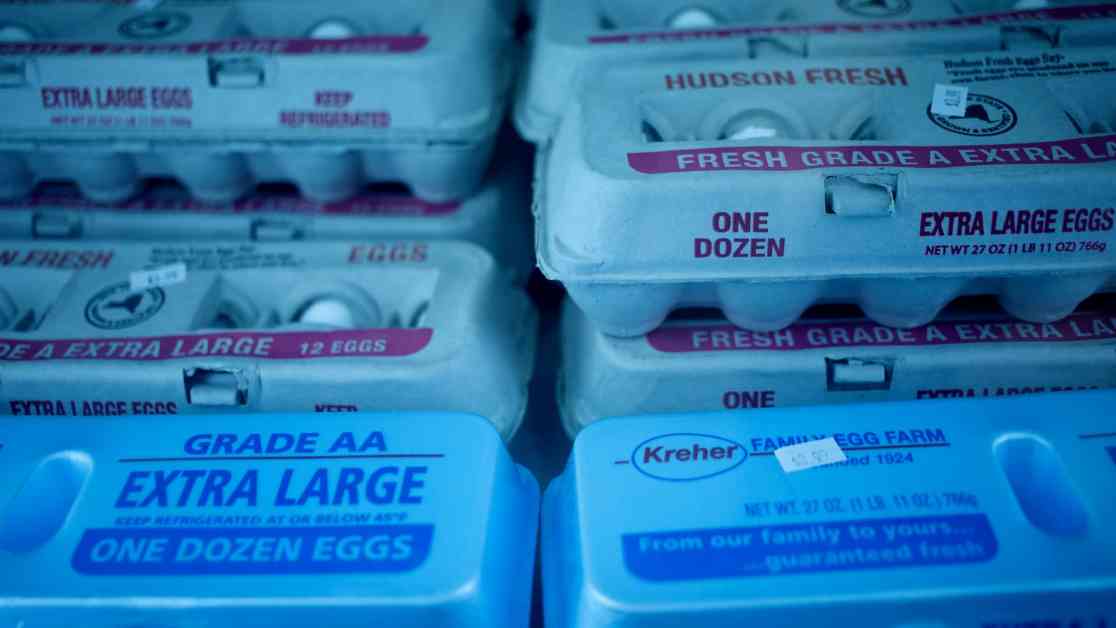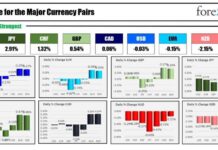Rising Egg Prices Due to Bird Flu Outbreak: Latest Updates and Impact on Consumers
Egg prices have been on the rise due to the ongoing battle against the highly pathogenic avian influenza, commonly known as the bird flu. This increase in prices has brought the household staple back into the spotlight as consumers are concerned not only about inflation but also the absolute level of prices. The latest data shows that July marked the third consecutive month of egg price increases on an annual basis, reversing a trend of decreases seen over the past year.
Impact on Consumers
The surge in egg prices is having a direct impact on consumers, particularly those who rely on eggs as a vital food ingredient in their everyday cooking. The Consumer Price Index (CPI) data released recently revealed that egg prices soared by 19.1% in July compared to the same month the previous year. In comparison, the entire CPI basket of items rose by just 2.9% over the same period. This significant increase in egg prices has become a point of concern for consumers who are already grappling with higher costs across the board.
During the pandemic, egg prices were a focus for consumers due to their ubiquity in households. The increases in egg prices and other groceries have been a top concern for consumers as they navigate higher costs, impacting consumer sentiment. The latest spike in inflation, particularly the nearly 8% increase from March to April, can be attributed to seasonal patterns in the bird flu. This was the largest month-over-month increase since the spring of 2023, highlighting the impact of the avian influenza on egg prices.
Expert Insights
Caitlinn Hubbell, a market research analyst at Purdue University’s Center for Food Demand Analysis and Sustainability, pointed to the avian influenza as the primary factor driving the recent surge in egg prices. She noted that the high-path avian influenza has continued to be a significant issue, with resurgences in states like Colorado and California impacting egg supplies. Hubbell explained that egg demand is considered “inelastic,” meaning that consumers tend to buy the same amount regardless of price increases. This inelasticity can lead to significant price changes from even minor fluctuations in supply, underscoring the impact of bird flu outbreaks on grocery store prices.
Looking ahead, Hubbell emphasized that price movements will depend on the state of the bird flu. While consumers may see some relief in the upcoming seasons with fewer outbreaks expected, the uncertainty surrounding the impact and scope of the avian influenza remains a key factor in determining future egg prices.
Despite the recent reacceleration in egg prices, they are still more than 20% below the levels seen last year. However, the price of eggs within the CPI basket has increased by about 42% compared to July 2021. The average rate for a dozen large, Grade A eggs surpassed $3 in July for the first time in over a year, according to the Bureau of Labor Statistics.
Conclusion
In conclusion, the ongoing battle against the highly pathogenic avian influenza has resulted in a significant increase in egg prices, impacting consumers who rely on eggs as a staple food item. The recent surge in inflation highlights the vulnerability of food prices to external factors such as disease outbreaks in poultry. As experts continue to monitor the state of the bird flu and its impact on egg supplies, consumers may see fluctuations in prices in the coming months. It remains crucial for consumers to stay informed and be prepared for potential changes in egg prices as the situation evolves.

















